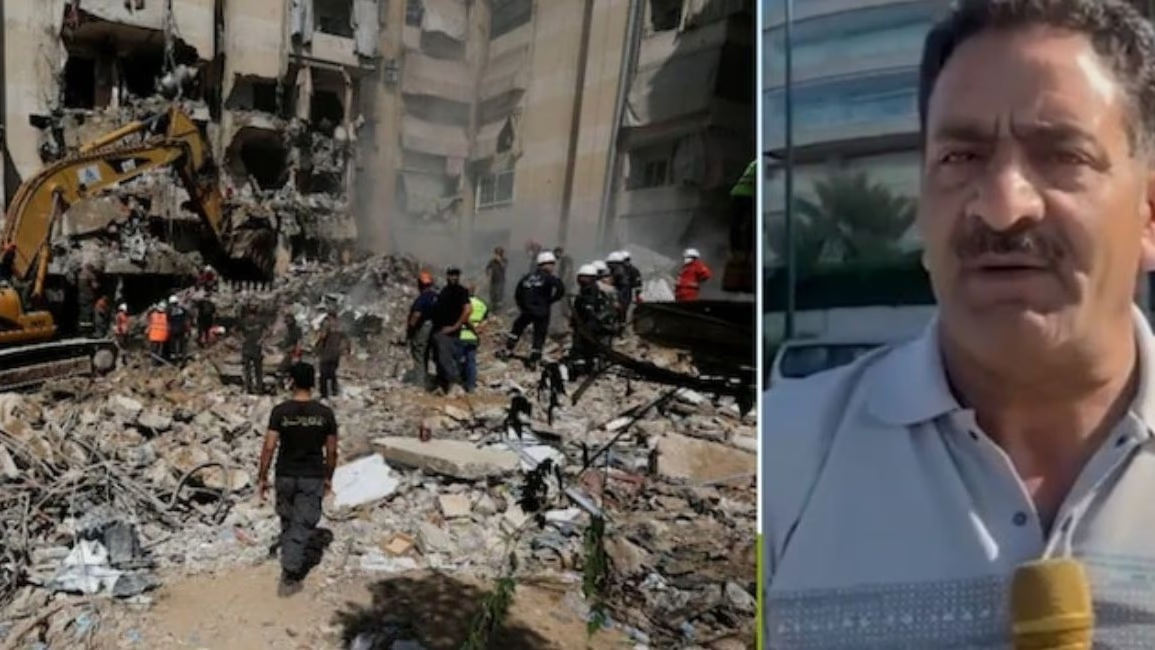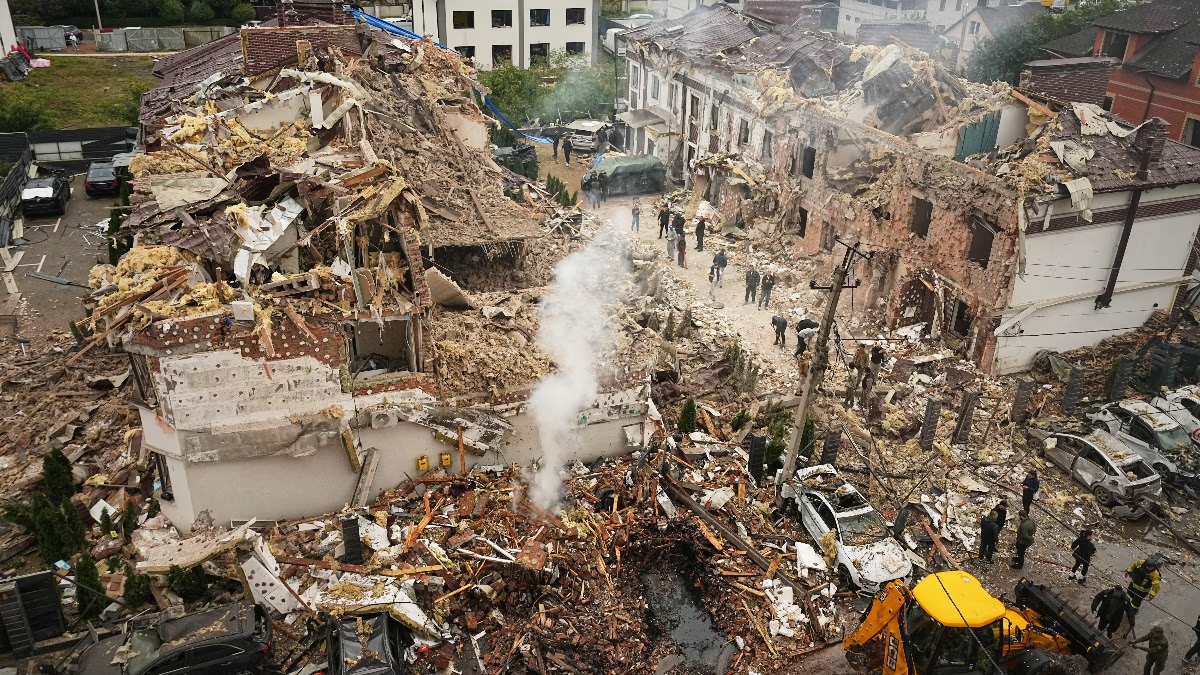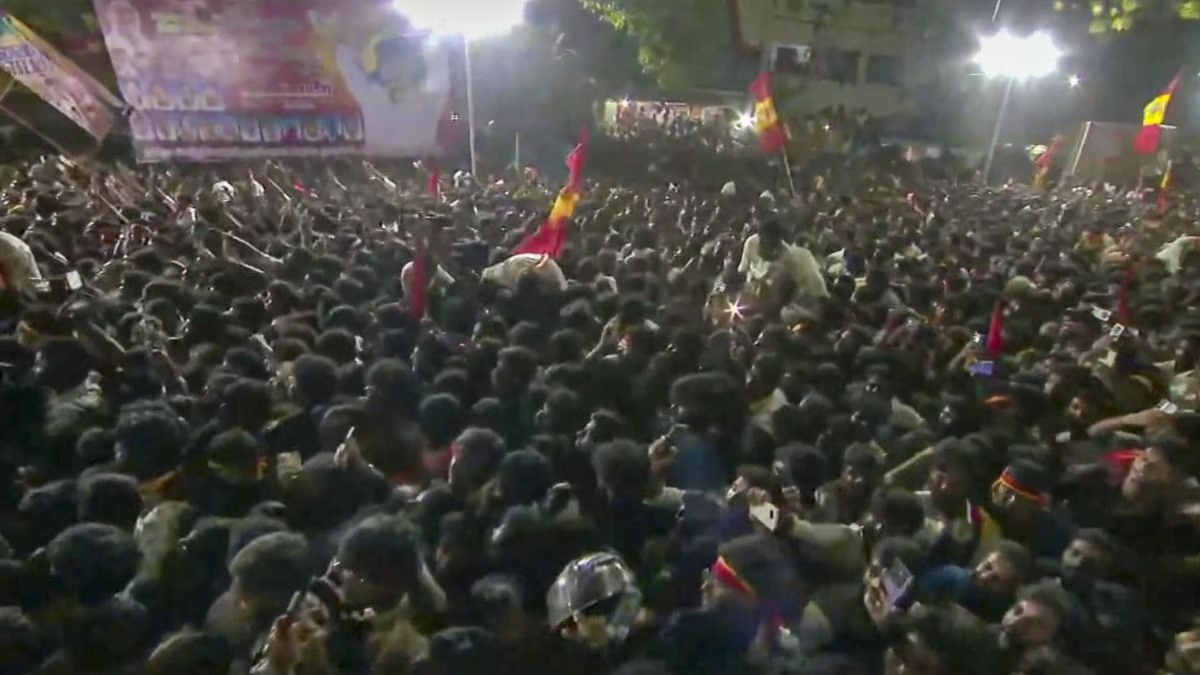Tension between Israel and Hezbollah reached its peak on Friday when Israel launched a massive bombing on Hezbollah's headquarters in Dahieh, near Beirut. Smoke and explosions filled the skies of Beirut throughout the night, causing widespread panic. The attack resulted in the destruction of six buildings and left dozens injured. The people of Lebanon were seen carrying the coffins of Hezbollah's high-ranking commanders killed in the strike.
This attack came just an hour after Israeli Prime Minister Benjamin Netanyahu issued a stern warning of a major assault. He made it clear at the UN that enough was enough. Despite appeals from Western countries, Israel has launched a full-scale offensive. After Hamas, Israel has now set its sights on eliminating Hezbollah.
Also Read: Lebanon Shrouded in Smoke as Israel Launches Massive Offensive
Claims of Hezbollah Chief's Death
Reports suggest that Friday's bombing killed two people and seriously injured around a hundred others. There were also claims that Hezbollah's Chief Hassan Nasrallah was among the dead, although the organization later denied these claims. However, the Israeli military insists that he was indeed killed. In an X post, the Israeli army said, without providing further details, "Hassan Nasrallah will no longer spread terror in this world."
An Aaj Tak team reached one of the safest spots in Beirut, where the risk of attack was minimal. However, people were still gathered outside the Parliament looking for shelter. They shared their fears and the pervasive atmosphere of dread.
Hezbollah's Headquarters in a Residential Area
Israel claims that Hezbollah deliberately set up its headquarters in a residential area to make it harder to attack. Yet, this time, Israel left no stone unturned, carrying out the most intense attack in a series of strikes over ten days.
Also Read: Israel Launches Most Intense Attack on Lebanon Yet! Targets Hezbollah's Headquarters
Israeli military spokesperson Daniel Hagari warned that more attacks will be carried out on Hezbollah's strongholds in central Beirut. Following these airstrikes, Lebanese security agencies were busy sifting through the rubble to rescue the injured.




